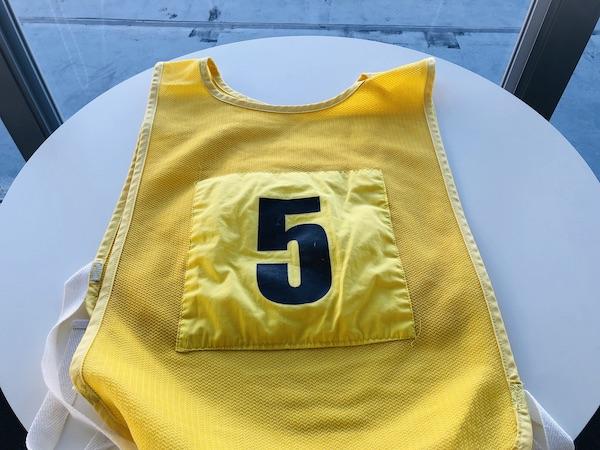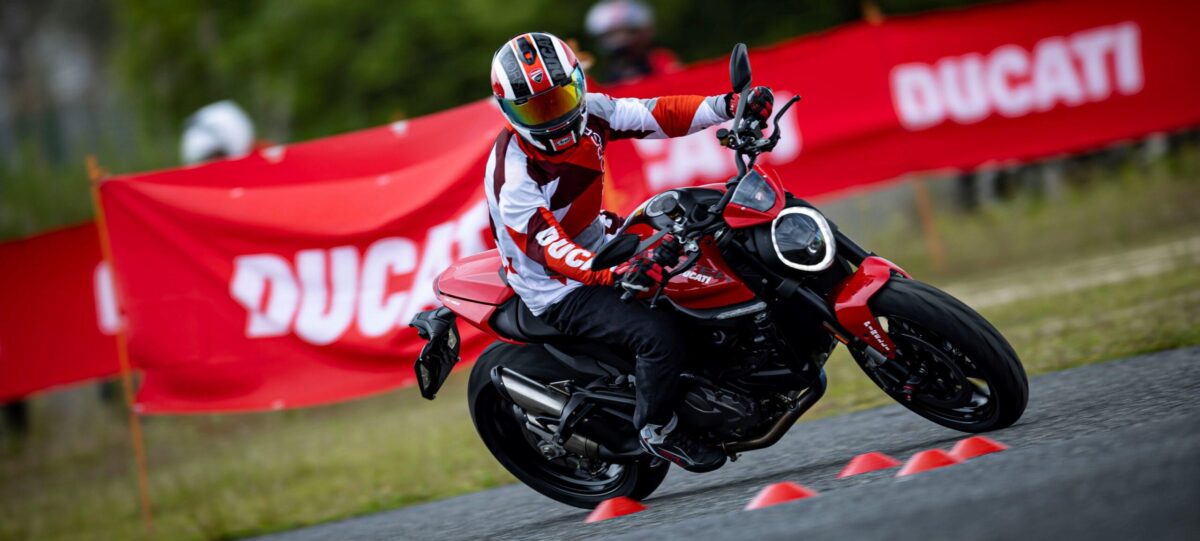I had intended the last lesson to be my last for the year, but…
There was still a spot available a week before the lesson, so I signed up.
There is snow in my area, but I set off regardless!
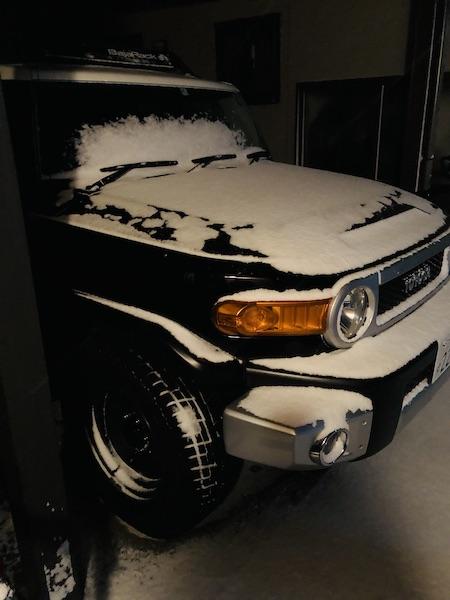
Orientation
As usual, the orientation begins at 9:30.
This time, there were few reservations, and there were cancellations due to nationwide snow forecasts,
so only 7 students attended.
The instructor was also one person,
as if to keep the class size small.
The instructor was the same as always,
so he was able to give us some advice, including the differences from last time.
Tire Capacity Circle
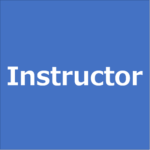
Do you know what a tire’s capacity circle is?
Plot the ability circle and grip direction on the whiteboard,
and then draw another circle of the same size.
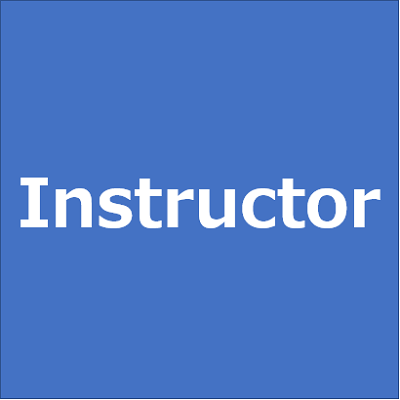
The rider needs to be conscious of the weight on the opposite side.
As we speak, we plot this on another circle.

The independent load distribution from front to back and left to right is only available for touring rides.
For sports rides,
aim for riding that uses diagonal directions and all 360 degrees.
That was the lecture he gave us.

Let’s keep this in mind as we run today!
This was the first time I’d seen an explanation that combined the load position and direction with the tire’s grip direction, and I felt like I understood the meaning of where to apply load.

Make sure to write it down on your smartphone.
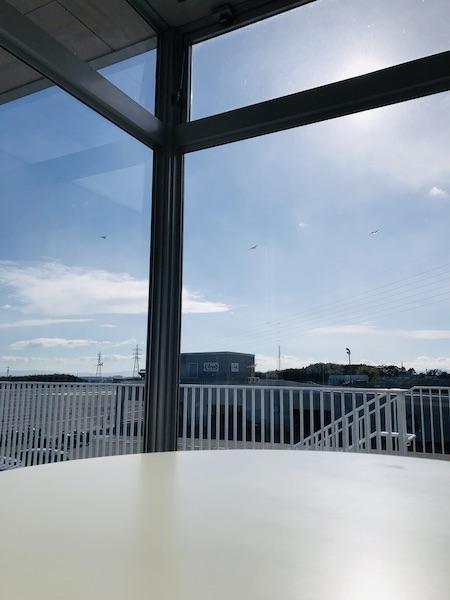
Warming up
After my exercises, I took my bike out of the garage and started warming up.
I found my usual CB400SF,
adjusted the air pressure, and took the bike out.
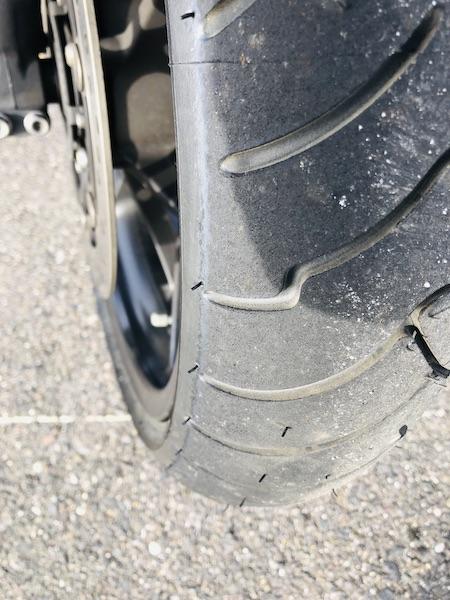
By the way, I think that sometimes the air pressure is lowered so that the tires can warm up more easily.
I used to do that too, but I stopped doing it because it was almost ineffective at the speeds of ordinary roads.
I feel that it’s easier to ride if the tires are inflated to the specified pressure so that they can roll.
Start warming up
This was my first time warming up at the front.
Without breaking up, we rode around the outside and around the S-curves in a twisting motion.
Today, the riders seemed to be at about the same level.
The instructor left the line to give advice from the outside,
so I took the lead and pulled at the front.
I held the S-curve with one hand.
By doing this, you can check whether you can move your body properly from side to side.
Start by riding slowly at idle in second gear, then gradually increase your speed.
The left side is looking pretty good,
but the right side is still not going very well.
I think my hips aren’t turning properly.
Slow riding
Lately in lessons, I’ve been making small turns while riding slowly.
I concentrated hard to avoid falling again,
and managed to get through it.
This warmed up my body enough.
Braking
Last time I was warned about clutching the brakes,
so I brake carefully.
Specifically, I concentrate on releasing the brakes.
I discovered that if I concentrate on releasing them from the start,
my arms are less likely to become stiff.
First, I repeat a series of full-throttle sudden braking in first gear without stopping.
Cold brakes make it difficult to stop the brakes at all.
After driving for a while,

One-handed driving!
The instructions came.
When braking suddenly while riding with one hand, if your arm is even a little tense,
the bike will not be stable.
A devilish knee grip!
Wow, my inner thighs are really tight.
Now that my body is fully used to it, it’s time to practice braking.
As usual, start at full throttle in first gear and brake suddenly to a complete stop,
and then shift into second gear and brake suddenly to a complete stop.
By focusing on releasing the brake, my arms didn’t become stiff,
and I felt like I was able to stay relaxed at all times.
There was no wobbling when stopping.
This was a pretty good braking practice.
Turns
Just like with the braking practice,
the rotation rate is good today, so I can get a lot of practice in.

In addition to slowing down and turning properly,
practice turns where you increase your speed as well.

If there is a long straight after a turn,
it may be a waste to slow down and turn in,
so try out different turns.
I received this advice.
If I had fully understood it,
it would have helped me in the afternoon lesson…
But I was able to run more firmly than usual on both sides.
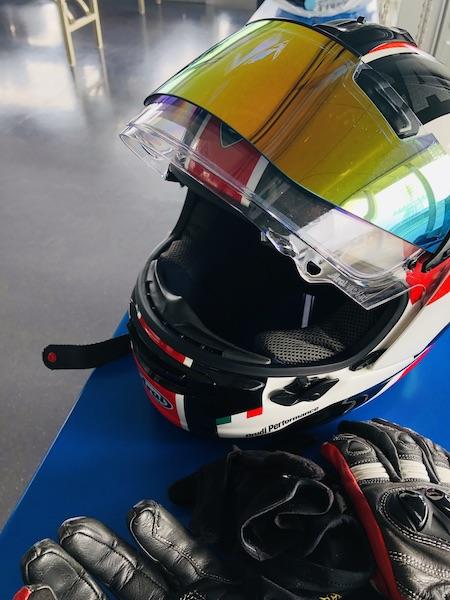
Pylon Slalom
In the afternoon, we had pylon slalom, which I’m not good at.
Two straight pylon slaloms,
offset slalom,
random pylon slalom
and, for those who want to do it, a figure eight,
one lap course.
There was only one random pylon slalom,
a 2.5m offset slalom that is run in the 3rd Technical Ride Challenge.
It was intended to give people a taste of the higher classes,
so it was OK to skip it.
Straight pylon slalom
The straight pylon slalom is my biggest challenge right now.
As per the advice from last time, I try to move the bike back and forth as if I’m pushing it away,
but I’m so worried about that that I can’t move the bike left or right.
The instructor couldn’t bear to see me, so he said,

Are you driving slowly on purpose?

Your posture is too high,
so maybe it would be better to be a little lower
In the end, I didn’t make any progress in the slalom this time either,
but I was told the same thing when I was making tight turns on my skis.
I feel like there are some similarities,
so I’ll sort it out by next time.
Random Pylon Slalom
I’ll skip the offset slalom, but here’s the 2.5m offset section of the random pylon slalom.
Sometimes I can get through it, but it’s too difficult.
And then I fall!
The technical path is long gone.
Course Slalom
The course slalom this time was winding and twisting to avoid going too fast, as the road surface had started to get wet.
The repetition in the second half was apparently the same course as the technical course.
I wanted to run carefully and reliably, so I started sixth.
I was scared of the wet road surface, and I couldn’t run as well as usual.
I couldn’t make the last difficult turn at all.
While taking a break, I looked at the other students, and none of them had failed (;_;).
During the final break, I asked the instructor for some tips.

They’re not using the space behind the pylons.
They’re just looking at the pylons and trying to circle around them,
which is why they fail.
After some advice, I was sometimes able to get through successfully,
but generally it was a complete disaster…
With only a few minutes left,
the instructor chased after me from behind.

For some reason today I can’t take the line that I usually take.
The front brake is weak today.

The anticipatory movement has been working well since the last time, so it feels good.
The acceleration after exiting the S-curve feels pretty good.
Then, with the remaining time,
the road surface started to dry,
so I stopped being scared of the rain,
and I was able to close the gap on the runner in front of me, and this year’s lesson came to an end.
Summary
This lesson was also quite productive.
In particular, my braking practice was the best I’ve ever done!
However, one thing I need to reflect on is that when it came to course slalom, I forgot how to make the turns that are made up of offset slalom and figure eights,
and I wasn’t able to make the turns that I should have been able to make,
so I wasn’t able to make use of the part practice I did in the morning.
On the way home, I remembered what I had done and thought,
I should have done this way there.
It was a lesson with a lot to reflect on.
Bonus
When I went to the store, they were having an anniversary celebration.
I tried the T-wrench fast forward time attack,
but it was a complete failure.

